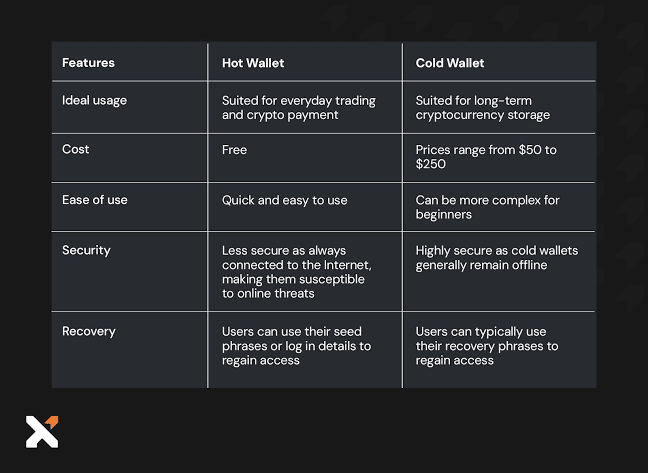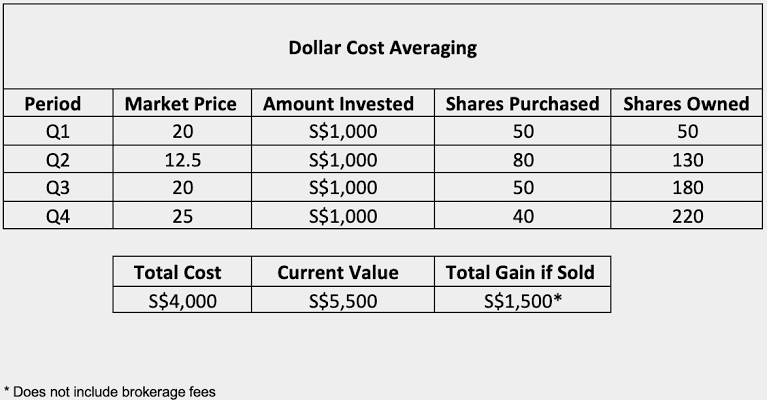
Those who breathe crypto know how bizarre and unexpected the world is. Here, every step is filled with opportunities and every second is poured with deception. Newbies in crypto enter the arena with high hopes and passion but lack common knowledge and proper guidance.
If not directed or managed properly, your crypto journey is set to be a disaster. In an industry where dreams are created in hours if not days and volatility is part and parcel, you have to be both ambitious and proactive to secure your investment.
I also made some silly mistakes in my earlier days of crypto and somehow managed to revert some of those. Here are some of the tips you might consider before you enter full-time
1. Knowing About Wallets
When I first started, I left my crypto on the exchange where I bought it. It seemed easy. But leaving your coins on an exchange is like leaving your cash with a third party; you don't truly control it. The real security lies in understanding the difference between "hot" and "cold" wallets.

Hot Wallet: Connected to the internet. Think of the wallet on your exchange app or a browser extension. It's like the wallet you carry in your pocket : convenient for daily spending but not safe for your life savings.
Cold Wallet: Completely offline. The most popular type is a hardware wallet, a small physical device that looks like a USB drive. It stores your crypto keys offline, away from hackers. Think of it as your personal, high-security vault at home. If you're serious about protecting your investment for the long term, a hardware wallet isn't just a recommendation; it's a necessity.
▨ Sign-up In World's Most Trusted Exchange
2. Seed Phrase, Self-Custody & Private Key
These terms sounded like complex jargon, but they are the foundation of controlling your own crypto. When you move your crypto to your own wallet (not on an exchange), you achieve self-custody. You become your own bank. This power comes with responsibility, centered around two key pieces of information:
Private Key: This is like the PIN for your bank card. It's a long string of characters that gives you the authority to spend your crypto. You should never share it.
Seed Phrase (or Recovery Phrase): This is your master backup. It’s a list of 12 or 24 simple words. If your hardware wallet is lost, stolen, or broken, you can use this seed phrase on a new device to recover full access to your funds.
The most critical lesson here is how to handle your seed phrase. It is the key to your entire crypto journey.
3. Don't Marry a Bag, Revenge Trading & Social Media Hype
The crypto market is famously volatile, making it a minefield for emotional decisions. I learned the hard way that discipline trumps emotion every time.
Don't Marry a Bag: This means don't get so emotionally attached to a coin that you hold it even when all signs point to it being a bad investment. Your goal is to make sound financial decisions, not to be a loyal fan of a failing project.
Revenge Trading: After a big loss, the urge to "win it back" quickly is powerful. This often leads to making bigger, riskier bets out of desperation. It’s like gambling, not investing. If you suffer a loss, step away from the charts for a while.
Social Media Hype: X (formerly Twitter), TikTok, and Reddit are full of people promoting the "next big coin." Buying a coin because a faceless influencer is shilling it, without doing your own research (DYOR), is one of the fastest ways to lose money.
4. Portfolio Management & DCA
Putting all your money into one hyped-up coin is a recipe for disaster. Proper portfolio management is about diversification. While it doesn't guarantee profits, it spreads your risk. Instead of going all-in on one asset, consider a mix: some in established players like Bitcoin (BTC) and Ethereum (ETH), and smaller amounts in other projects you've thoroughly researched.
One of the best strategies for a beginner is Dollar-Cost Averaging (DCA).
Instead of trying to "time the market" (which even experts can't do reliably), you invest a fixed amount of money at regular intervals. For example, buying ₹5,000 worth of Bitcoin every month, regardless of the price. This approach averages out your purchase price over time and reduces the risk of investing all your money at a market peak.

By using DCA, you bought more coins when the price was low and fewer when it was high, resulting in a good average entry price without the stress of market timing.
5. Always Do a Test Transaction
This is perhaps the most practical and nerve-saving tip I ever learned. Blockchain transactions are irreversible. If you send your crypto to the wrong address, it is gone forever. There is no customer support line to call to reverse it.
To avoid a costly mistake, always send a small test amount first:
Copy the recipient's wallet address.
Send a tiny amount (e.g., $1 worth of the crypto).
Wait for the recipient to confirm they have received it.
Once confirmed, and only then, send the full amount.
This simple, two-step process takes an extra minute but can save you from losing thousands of dollars due to a simple copy-paste error. It’s a small price to pay for peace of mind.

